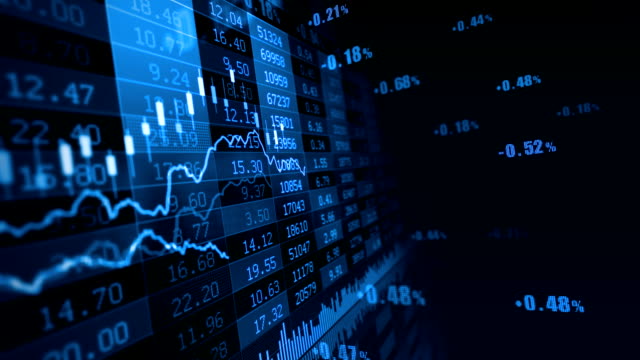The Foreign Exchange or Forex market is the world’s largest financial market. Every day, trillions of dollars’ worth of currencies are traded, providing ample opportunity for traders to make profits. The availability of leverage makes Forex trading even more appealing to investors. In this article, we will take a closer look at leverage, what it means, and how it works in the Forex market.
What is leverage in Forex trading?
In simplest terms, leverage enables traders to control a large amount of money in the market with a relatively small margin deposit. When you open a margin account, you are essentially borrowing from your broker to trade with more than the money you have deposited. Leverage is expressed as a ratio, such as 50:1, 100:1, or 500:1. This means that for every dollar of your margin deposit, you can control a much larger amount of currency in the market.
How does leverage work?
Let us say you want to buy 1000 units of a currency pair. If you were to purchase that outright, you would need to pay the full cost, which could be thousands of dollars. However, if you use leverage, you can control the same position with a fraction of that cost. For instance, with 100:1 leverage, you could control this position with just $10. The rest of the trade is financed by your broker. This is why leverage can be a major attraction for traders who want to take advantage of market fluctuations without investing too much upfront.
What are the benefits of leverage?
In addition to the reduced upfront cost, leverage offers a range of other benefits for forex markets. Firstly, it magnifies profits. If you were to open a trade with $1000 and the currency pair moves in your favor by 10 pips, you would only make $1. However, with leverage, you can still gain exposure to a larger position, say $100,000, and when the currency pair moves 10 pips in your favor, you would then make $100.
Secondly, leverage allows traders to diversify their portfolio and trade in different asset classes that were previously inaccessible. An investor can easily buy and sell any instrument they like without having to wait for the price to be low enough to afford. Leverage also allows traders to make use of smaller price movements, which can mean smaller profit but more suitable position sizes and less risk.
What are the risks of leverage?
Just as leverage can magnify profits, it can also magnify losses. When trading with leverage, the trader is using borrowed funds, which means that they are exposed to the full degree of risk, and losses can exceed the original investment. It is not uncommon for novice traders to lose their initial investment due to mismanagement of leverage. In the end, it is highly recommended to begin with small leverage if you are a beginner and have a good understanding of risk management
Conclusion:
Leverage has an intricate role in forex trading and could increase the probability of profit. While it can be an attractive feature, traders should fully understand the risks involved. Before utilizing leverage, it is advisable to take part in some research and practice with a demo account to develop your skills and help you understand how the forex market works. A little patience and thorough knowledge of leverage can go a long way in the foreign exchange market.


